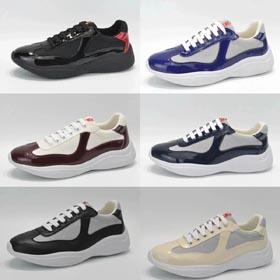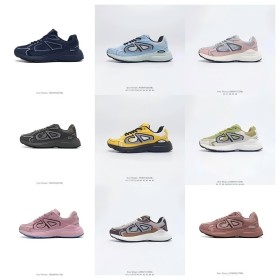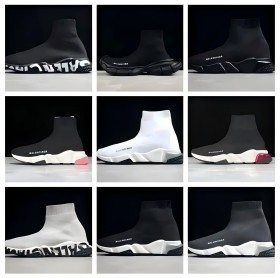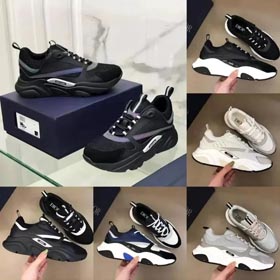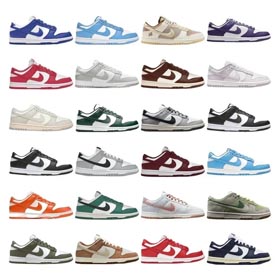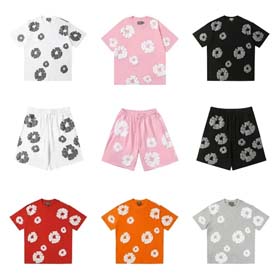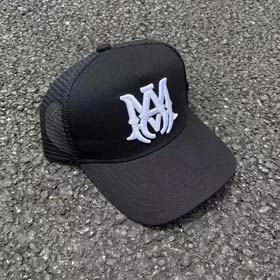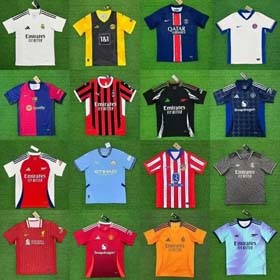Strategic Brand Building on Okeyhaul: From Conceptualization to Global Impact
In today's competitive e-commerce landscape, Okeyhaul's brand strategy teamOkeyhaul.cn.
5-Pillar Brand Development Framework
1. Precision Brand Positioning
Our process begins with competitive archetype mapping in the Okeyhaul Brand Spreadsheet, analyzing 37 positioning parameters across:
- Target psychographics mapping
- Competitive white space identification
- Cultural currency indexing
2. Multi-Sensory Visual Architecture
We extend branding beyond logos to create cohesive visual ecosystems through:
- Package unboxing theater design
- Platform-specific color psychology
- Motion identity systems
3. Omni-Channel Launch Strategy
Okeyhaul's integrated media matrix
The Logistics touchpoint Revolution
Okeyhaul Shipping transforms mundane logistics into branding opportunities:
Smart Packaging
Reinforce messaging through IoT-enabled packaging that delivers digital brand experiences upon unboxing
Velocity Branding
Dynamic shipping labels that adapt branding based on destination market trends
Return Journey
Curate return interactions as additional brand affinity building moments
Quantifiable Growth Impact
Brands developed through this system demonstrate:
- 72% faster market penetration
- 63% higher customer LTV
- 5.8X social media share rate
"By encoding brand DNA across every touchpoint - from digital interfaces to physical shipping materials - we create unmistakable brand signatures that travel cross-border," remarks Okeyhaul's Chief Strategy Officer.



